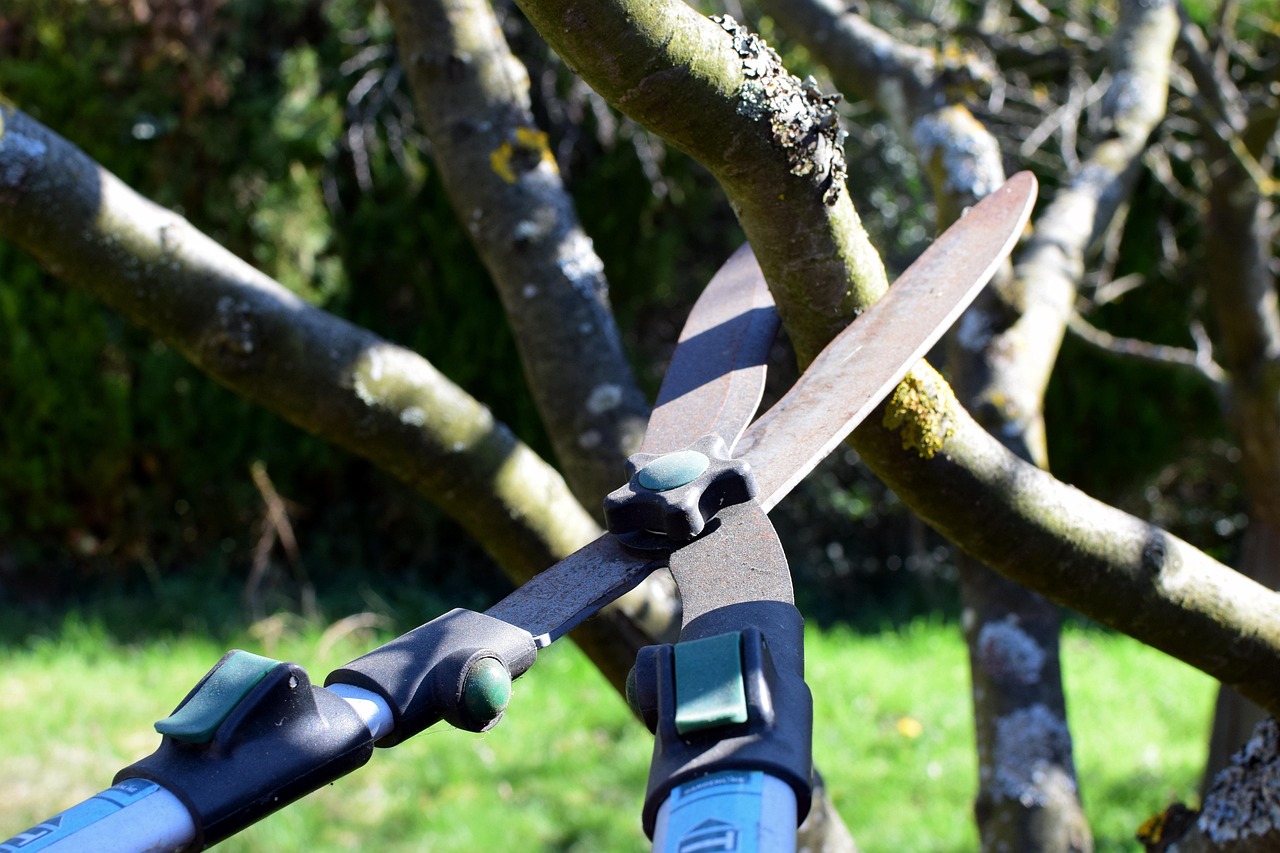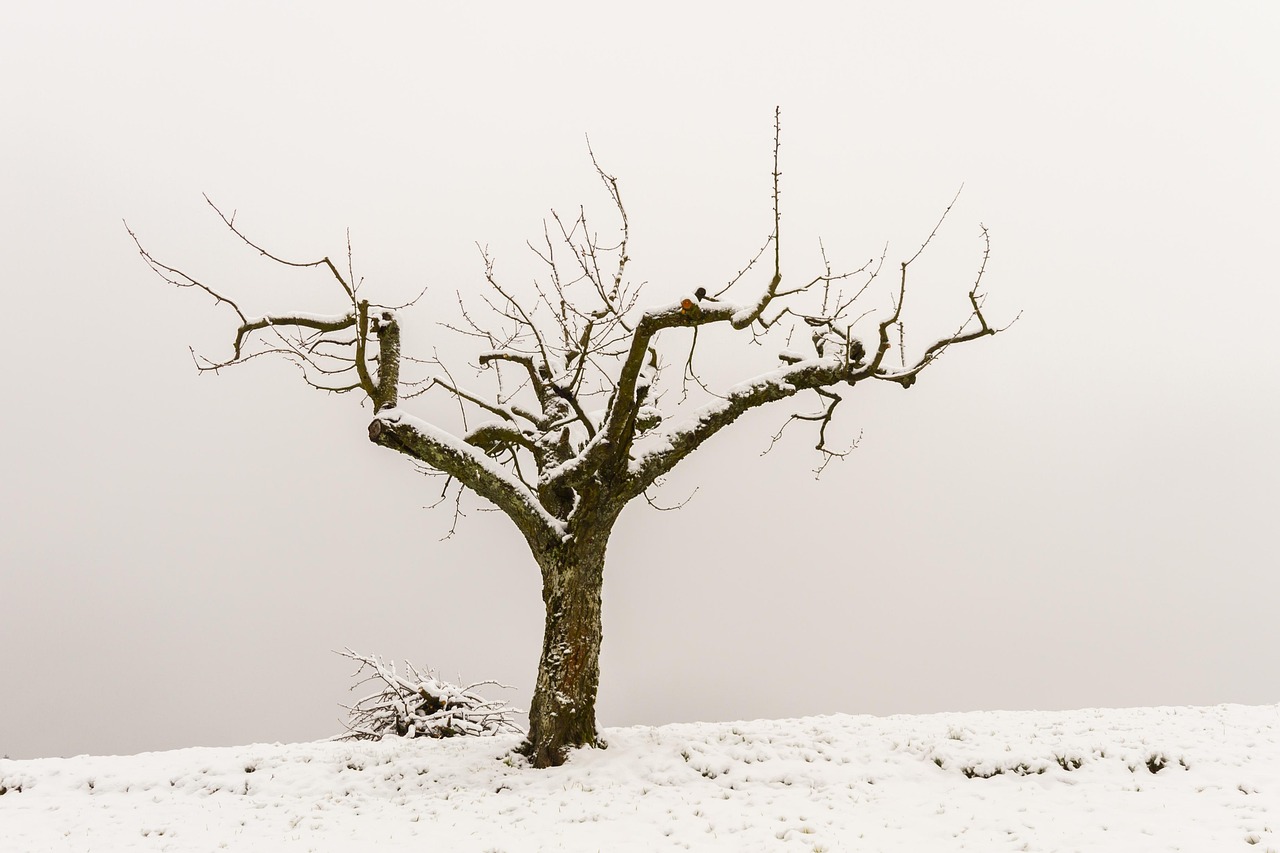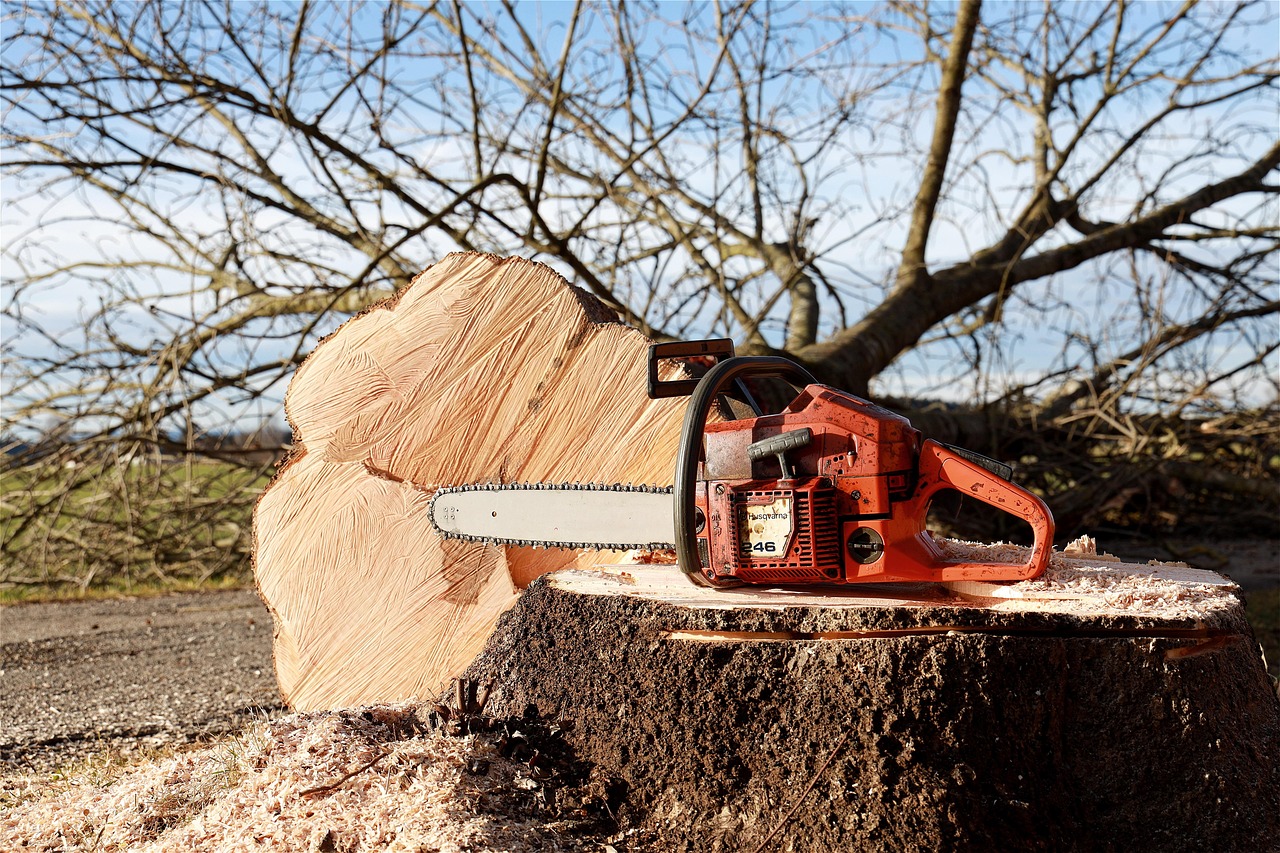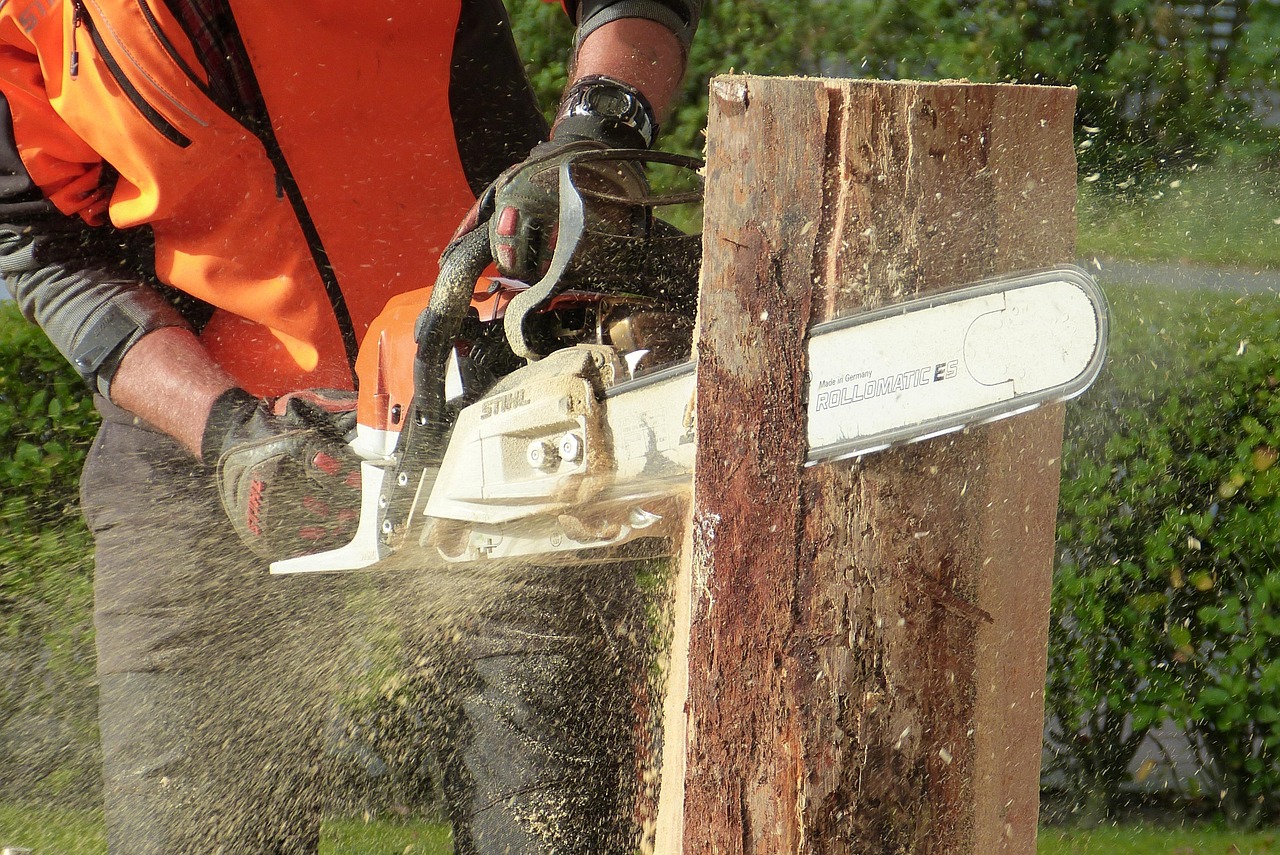Tree pruning techniques vary depending on the type of tree and its specific needs. Proper pruning enhances tree health, promotes growth, and improves aesthetics. Techniques include thinning, topping, and crown reduction, each serving different purposes for different tree species.
Pruning trees is essential for maintaining their health and appearance. It involves the selective removal of certain parts of the tree, such as branches and buds. This practice encourages new growth, helps manage tree shape, and can even prevent disease. Different types of trees have unique requirements when it comes to pruning, making it important to understand the specific techniques that work best for each species.

There are several reasons why tree pruning is beneficial. Healthy pruning practices can:
- Enhance sunlight penetration.
- Improve air circulation through the canopy.
- Reduce the risk of falling branches.
- Encourage the growth of flowers and fruits.
Understanding the timing and methods of pruning is crucial for effective care. For example, some trees should be pruned in late winter or early spring before new growth begins, while others may benefit from summer pruning. Knowing when to prune can significantly impact the tree’s health and productivity.
Common Tree Pruning Techniques
Several techniques are widely used in tree pruning. Each method serves a particular purpose and works best with specific types of trees. Below are some common techniques:

Thinning
This technique involves removing selected branches to reduce the density of a tree’s canopy. Thinning allows more sunlight to reach the inner branches and promotes better air circulation. This technique is particularly beneficial for flowering trees, as it encourages more blooms. Key points to consider when thinning include:
- Remove branches that cross or rub against each other.
- Focus on cutting back smaller branches rather than larger ones.
- Aim to maintain the natural shape of the tree.
Crown Reduction
Crown reduction is a technique used to reduce the height or spread of a tree’s canopy. This method is often employed on large trees that may pose a risk to structures or power lines. Crown reduction should be done carefully to maintain the tree’s natural form. Important factors include:
- Cut back to a lateral branch that is at least one-third the diameter of the branch being removed.
- Avoid cutting too much foliage at once, which can stress the tree.
- Consider the overall health of the tree before proceeding.
Topping
Topping is a controversial practice that involves cutting back large branches to stubs. While it can reduce a tree’s height quickly, it often leads to numerous problems, such as poor growth patterns and increased vulnerability to pests and diseases. Topping is generally not recommended unless absolutely necessary. If you must top a tree, consider these guidelines:

- Use sharp, clean tools to make clean cuts.
- Aim for minimal cuts to preserve as much foliage as possible.
- Be aware that topping can lead to excessive sprouting, which may require further maintenance.
Cleaning
Cleaning involves removing dead, damaged, or diseased branches from the tree. This technique is essential for promoting overall health and preventing the spread of disease. Regular cleaning can also improve a tree’s appearance. When cleaning a tree, consider the following steps:
- Identify branches that are dead or dying.
- Remove any branches that show signs of disease.
- Ensure cuts are made properly to encourage healing.
Training Young Trees
Training young trees involves shaping them as they grow. This practice helps establish a strong structure and can minimize future pruning needs. Training methods may include:
- Encouraging a central leader for single-stemmed trees.
- Balancing branches evenly around the trunk.
- Using stakes or ties to guide growth direction.
Seasonal Considerations
Understanding the right time to prune is critical for success. Different species have different ideal pruning times. To aid in this understanding, refer to the following table:

| Tree Type | Best Time to Prune |
|---|---|
| Deciduous Trees | Late winter to early spring |
| Evergreen Trees | Late spring or early summer |
| Flowering Trees | Immediately after flowering |
| Fruit Trees | Late winter or early spring |
By applying these techniques and understanding their timing, you can effectively care for all types of trees in your landscape. This knowledge will help you promote healthy growth and maintain beautiful trees for years to come.
Tools and Equipment for Pruning
Using the right tools is essential for effective tree pruning. Proper equipment not only makes the task easier but also helps ensure clean cuts, which promote better healing. Below are some common tools used in pruning:
- Hand Pruners: Ideal for cutting small branches up to ¾ inch in diameter. They are perfect for precise cuts.
- Loppers: Useful for branches between ¾ inch and 1½ inches thick. Loppers have longer handles for increased leverage.
- Pruning Saws: Designed for larger branches that are too thick for hand pruners or loppers. They come in various sizes.
- Chainsaws: Best for removing large limbs or entire trees. Chainsaws require safety precautions and should be used by trained individuals.
- Pole Pruners: Useful for reaching high branches without the need for a ladder. These tools have extendable handles.
Regular maintenance of your tools is crucial. Keep blades sharp and clean to ensure they work effectively. Dull blades can tear rather than cut, which can harm the tree.
Safety Precautions
Safety should always be a priority when pruning trees. Here are some essential safety tips to follow:
- Wear Protective Gear: Use gloves, safety goggles, and a hard hat to protect yourself from falling branches and debris.
- Assess Your Environment: Look for overhead power lines and ensure your workspace is clear of obstacles.
- Use Proper Ladders: If using a ladder, make sure it is stable and positioned correctly to avoid falls.
- Work with a Partner: Having someone nearby can provide assistance in case of an emergency.
Pruning Techniques by Tree Type
Different types of trees require specific pruning techniques tailored to their growth habits and characteristics. Understanding these distinctions can lead to healthier trees and more effective care. Below is a breakdown of pruning techniques for various tree types:
Deciduous Trees
Deciduous trees shed their leaves in the fall. Pruning these trees is essential to maintain their shape and health. Key techniques include:
- Thinning: Helps improve light penetration and air circulation.
- Crown Raising: Involves removing lower branches to allow more light to reach the ground.
- Crown Reduction: Used to control height and spread, especially important for street trees.
Evergreen Trees
Evergreens retain their foliage throughout the year. Pruning these trees typically focuses on maintaining shape rather than removing significant amounts of material. Techniques include:
- Pinching: Removing the tips of young shoots to encourage bushier growth.
- Crown Cleaning: Removing dead or damaged branches to promote health.
Flowering Trees
Flowering trees usually bloom in spring or summer, making timing crucial when pruning. Post-bloom care is vital for encouraging future flowering. Pruning techniques include:
- Deadheading: Removing spent flowers to promote new growth and more blooms.
- Selective Pruning: Focusing on removing weak or crowded branches to enhance flower production.
Fruit Trees
Pruning fruit trees is essential for maximizing fruit production. The main objectives are to increase sunlight exposure and improve air circulation. Consider the following techniques:
- Crown Management: Training branches to grow at optimal angles for better fruit development.
- Winter Pruning: Conducted during dormancy to shape trees and remove excess growth.
- Summer Pruning: Helps manage tree size and encourages fruit ripening.
Pest and Disease Management
Pest and disease problems can arise from improper pruning techniques or timing. Understanding how to manage these issues can help maintain healthy trees. Here are some strategies:
- Avoiding Wounds: Make clean cuts to minimize wounds that attract pests.
- Sterilizing Tools: Use rubbing alcohol or a bleach solution between cuts to prevent disease spread.
- Monitoring Trees: Regularly inspect trees for pests or signs of disease, especially after pruning.
If you notice any issues, consider consulting with a professional arborist for advice on treatment options.
Pest Control Methods
If pests do invade, several methods can help control them effectively:
- Cultural Control: Maintain tree health through proper watering, mulching, and fertilizing practices.
- Biological Control: Introduce natural predators of pests, such as ladybugs for aphids.
- Chemical Control: Use pesticides responsibly, following all label instructions to minimize impact on beneficial insects.
By employing appropriate techniques specific to each type of tree and implementing safety measures, you can ensure successful pruning while promoting healthy growth in your landscape.
Seasonal Considerations for Pruning
Pruning trees effectively requires an understanding of seasonal changes and how they impact tree growth. Different trees respond to pruning at various times of the year, and adhering to these seasonal guidelines can significantly enhance the health and aesthetics of your trees. Below, we will explore the seasonal aspects of tree pruning.
Winter Pruning
Winter is often considered the best time for pruning many deciduous trees. During this dormant season, trees conserve energy, making them less susceptible to stress from pruning. Key benefits of winter pruning include:
- Improved Visibility: With no leaves on the trees, it is easier to see the tree’s structure and identify which branches need to be removed.
- Reduced Risk of Disease: Fewer insects and pathogens are active in the winter, lowering the chance of disease transmission through cuts.
- Encouragement of New Growth: Pruning in winter can stimulate new growth in spring, leading to a fuller canopy.
Spring Pruning
Spring is another critical time for pruning, especially for flowering trees. However, timing is essential as early spring pruning can interfere with blooming. Here are some considerations for spring pruning:
- Post-Bloom Pruning: For flowering trees like dogwoods and cherry trees, prune immediately after flowering to avoid cutting off next year’s buds.
- Assessing Damage: Spring is an excellent time to inspect for winter damage and remove any dead or broken branches.
- Shaping Young Trees: Young trees can be shaped in spring as they begin their active growth phase.
Summer Pruning
Summer pruning focuses primarily on managing tree size and improving air circulation within the canopy. This technique is useful for both deciduous and evergreen trees. Important aspects of summer pruning include:
- Controlling Growth: Pruning during the growing season can help control excessive growth and maintain a desired shape.
- Removing Water Sprouts: These are fast-growing shoots that grow vertically and can be pruned to promote better branch formation.
- Enhancing Sunlight Exposure: Pruning can help ensure that sunlight reaches lower branches, encouraging even growth.
Fall Pruning
While fall is not typically recommended for major pruning, it can be a suitable time for some tasks. It’s essential to approach fall pruning with caution due to potential stress on the tree. Consider the following:
- Avoid Heavy Pruning: Limit major cuts in fall as trees are preparing for dormancy, which can cause unnecessary stress.
- Focus on Cleanup: Remove dead or diseased branches to prevent issues in the spring.
- Pest Inspection: Check for any signs of pests or diseases that may have developed during the growing season.
Advanced Pruning Techniques
For those looking to take their pruning skills to the next level, several advanced techniques can be employed. These methods require more knowledge and precision but can yield significant benefits when done correctly.
Espalier
Espalier is a method of training trees to grow flat against a wall or trellis. This technique enhances fruit production while saving space. Steps involved in espalier include:
- Selecting the Right Tree: Choose a species that responds well to espalier, such as apple or pear trees.
- Initial Training: Begin training young trees by attaching branches to a frame or trellis using soft ties.
- Regular Maintenance: Continue to prune and shape as the tree grows, keeping in mind the desired pattern.
Bonsai Pruning
Bonsai is an art form that involves growing small trees in pots and requires careful pruning techniques. Key principles include:
- Selective Branch Removal: Remove branches that disrupt the desired shape while preserving the overall health of the tree.
- Root Pruning: Regularly prune roots to maintain size and encourage new growth.
- Wiring: Use wire to shape branches as they grow, allowing for creativity in design.
Coppicing and Pollarding
Coppicing involves cutting a tree back to ground level to encourage new growth from the base. Pollarding is similar but involves cutting higher up on the trunk. These techniques are often used for willows and other specific species. Important considerations include:
- Timing: Both techniques are typically performed in late winter or early spring before new growth starts.
- Aesthetic Goals: These methods can create unique visual effects and manage size while promoting vigorous regrowth.
The use of advanced techniques can diversify your approach to tree care. By understanding different methods and their applications, you can enhance your landscape while ensuring healthy tree growth.
Maintaining Pruned Trees
After pruning, proper maintenance is vital for ensuring that trees recover well and thrive. Following up on pruning activities can promote healthy growth and prevent issues related to pests and diseases. Here are some key maintenance practices:
Watering
After pruning, trees may require additional water to support new growth. Proper watering techniques include:
- Deep Watering: Ensure that water reaches the root zone by watering deeply but less frequently, promoting deeper root growth.
- Soil Moisture Monitoring: Check soil moisture levels regularly, especially during dry spells, to avoid stress on the tree.
Fertilization
Providing the right nutrients can help trees recover from pruning and encourage new growth. Consider the following:
- Use Balanced Fertilizers: Apply a slow-release balanced fertilizer early in the growing season to support overall health.
- Avoid Over-Fertilizing: Too much fertilizer can lead to excessive leaf growth at the expense of flowers or fruit.
Mulching
Applying mulch around the base of the tree can offer numerous benefits. Here are some advantages of mulching:
- Moisture Retention: Mulch helps retain soil moisture, reducing the need for frequent watering.
- Weed Suppression: A layer of mulch can prevent weeds from competing with your tree for nutrients and water.
- Temperature Regulation: Mulch helps moderate soil temperature, protecting roots from extreme heat or cold.
Common Mistakes to Avoid When Pruning
While pruning is beneficial, there are several common mistakes that can hinder tree health. It is essential to be aware of these pitfalls to ensure effective pruning practices:
- Improper Timing: Pruning at the wrong time can damage flowering potential or expose trees to pests. Always research the best times for each species.
- Over-Pruning: Removing too much foliage can stress a tree, leading to poor health or even death. Aim for moderation when making cuts.
- Poor Cutting Techniques: Making improper cuts or using dull tools can create injuries that invite diseases. Always prioritize clean cuts with sharp tools.
- Lack of Planning: Failing to have a clear plan or understanding of tree structure before pruning can lead to unsightly results and unhealthy trees.
When to Seek Professional Help
While many homeowners can effectively prune their trees, some situations may necessitate professional assistance. Consider consulting an arborist if you encounter:
- Large Trees: If a tree is too large or poses a safety risk during pruning, it is best to hire a professional.
- Diseased Trees: If you suspect a tree is diseased or infested with pests, experts can provide proper diagnosis and treatment options.
- Structural Issues: If a tree has structural problems or is leaning dangerously, professional help is necessary to address safety concerns.
Final Thoughts
Tree pruning is an essential practice for maintaining the health, beauty, and productivity of trees in your landscape. Understanding the different techniques and timing for various tree species equips you with the knowledge needed for effective care. Proper tools, safety precautions, and post-pruning maintenance play crucial roles in ensuring your trees thrive after pruning.
The benefits of pruning extend beyond aesthetics; they include improved airflow, increased sunlight exposure, and enhanced fruit production. By avoiding common mistakes and knowing when to seek professional help, you can foster a healthy and vibrant landscape that will flourish for years to come.
As you embark on your pruning journey, remember that patience and observation are key. Each tree has its unique needs, and adapting your approach based on those requirements will lead to the best results. With dedication and the right techniques, you can cultivate a thriving environment for your trees while enjoying the many rewards that come from their care.
